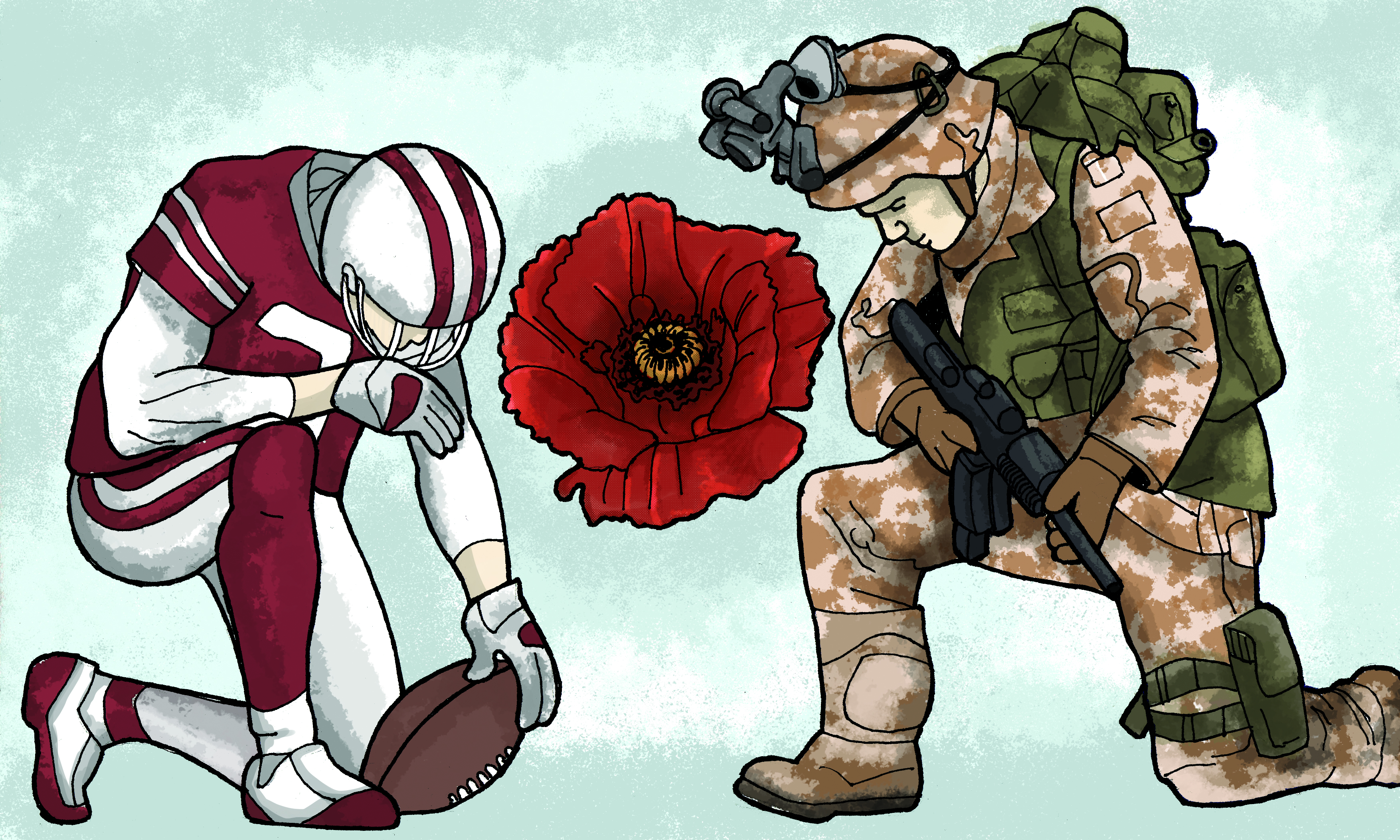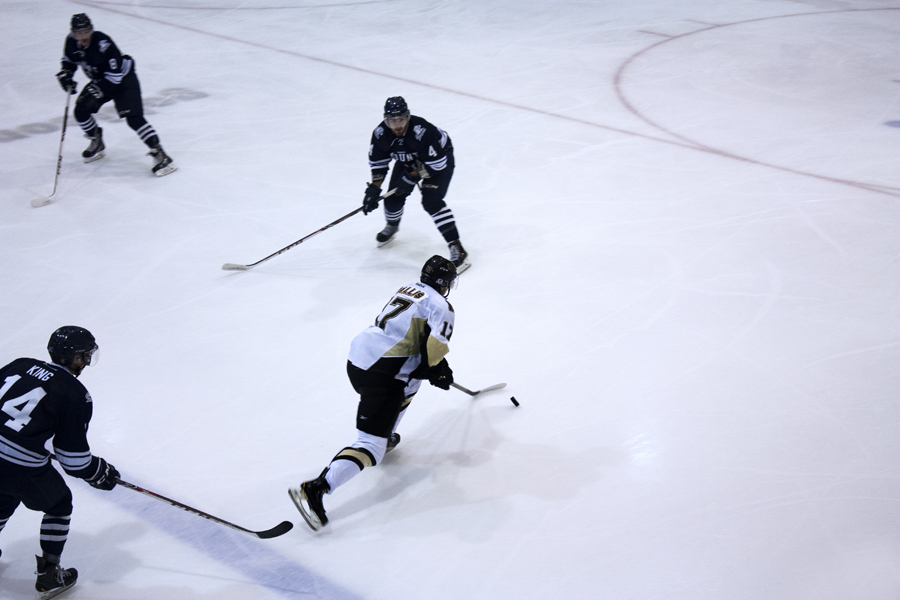This Sunday is Remembrance Day. It’s the time of the year when we stop to pay tribute to the brave men and women who have served our country overseas in the defence of our freedom. They came from many walks of life and volunteered to risk their own lives.
It is hard to imagine today that professional athletes would be willing to fight overseas in battle, but in the days of World War II professional athletes were everymen who often had off-season jobs. However, these men were willing to sacrifice their own athletic careers and their lives so that we may enjoy life in Canada and the United States to the fullest.
Professional hockey players became involved with the war effort in World War I, which coincided with the advent of the professional game and the founding of the National Hockey League. Sadly, two of the game’s earliest stars were killed in battle. Frank McGee, who once scored a record 14 goals in a 1905 Stanley Cup game and an inaugural inductee of the Hockey Hall of Fame (HHOF), was killed in the Battle of the Somme in 1916. Scotty Davidson, one of the game’s top wingers, was killed in France at the age of 23. He was inducted into the HHOF in 1950. In 1919, the Memorial Cup was dedicated to those who had lost their lives in WWI and is currently given to the champions of the Canadian Hockey League.
The attack on Pearl Harbor in 1941 was the impetus for many NHLers to put their careers on hold and join the war effort. By 1942, a total of 80 NHLers served in the armed forces including some of the league’s best, such as Detroit’s Sid Abel, Toronto’s Turk Broda and Syl Apps, and Chicago’s Max Bentley.
The “Kraut Line” of the Boston Bruins—which consisted of Woody Dumart, Milt Schmidt, and Bobby Bauer—enlisted into the Canadian Army in 1942. In the three years prior, they won two Stanley Cups and became the first teammates to finish 1-2-3 in league scoring. Two NHL players died in battle: Joe Turner, who played one game with the Red Wings as a goalie, and Red Garrett, who played 23 games with the New York Rangers.
Football would also be affected by war. Teams in the NFL either folded or merged due to the number of players who served in WWII. In all, 600 NFLers served in WWII, 19 of whom died in action. In the Vietnam War, Roger Staubach fought before playing in the NFL while one active NFLer, Buffalo offensive guard Bob Kalsu, died in battle in 1970.
In Canada, the precursors of the CFL—the Western Interprovincial Football Union and the Interprovincial Rugby Football Union—halted play from 1942-44, which allowed military and university teams to compete for the Grey Cup. The Winnipeg RCAF (Royal Canadian Air Force) Bombers reached the Grey Cup game and lost in 1942 and 1943.
The 1941 Major League Baseball (MLB) season is remembered for Red Sox LF Ted Williams hitting for .400 and Yankees CF Joe DiMaggio’s 56-game hitting streak. Months after the season ended, both fought in the war. While U.S. President Franklin Roosevelt allowed the MLB to play during wartime, more than 500 of its players enlisted, including big names such as Cleveland’s Bob Feller, St. Louis’ Stan Musial, and the Yankees’ Yogi Berra.
Over 4,000 minor leaguers also volunteered to serve. Two major leaguers, Elmer Gedeon and Harry O’Neill, were MLB’s only casualties. Don Stewart, a minor league umpire, died in 1941 while serving with the Canadian Army’s Calgary Highlanders. Willie Mays, one of baseball’s greatest players, served in the Korean War.
It is rare for professional athletes to give up their careers in modern times to join the armed forces, but there have been two recent instances. Arizona Cardinals safety Pat Tillman turned down a $3.6 million contract to enlist in the U.S. Army. He fought in Afghanistan but was tragically killed by friendly fire in 2004. Philadelphia Flyers prospect Ben Stafford enlisted into the U.S. Marines shortly after winning an AHL Calder Cup in 2005, and was deployed into Iraq. He survived his tour of duty, but ended up retiring from pro hockey.
While many in sports journalism are prone to use war-related terms to describe a hard-fought game or to describe players as heroes, it should be made clear that these athletes and the men and women who served with them are true heroes. For that, we are forever grateful.






It is also important to remember Private Mark Anthony Graham who was killed in Afghanistan in 2006. Mark was a member of Canada’s 4X400m relay team at the 1992 Summer Olympic Games in Barcelona who responded to the call to serve.